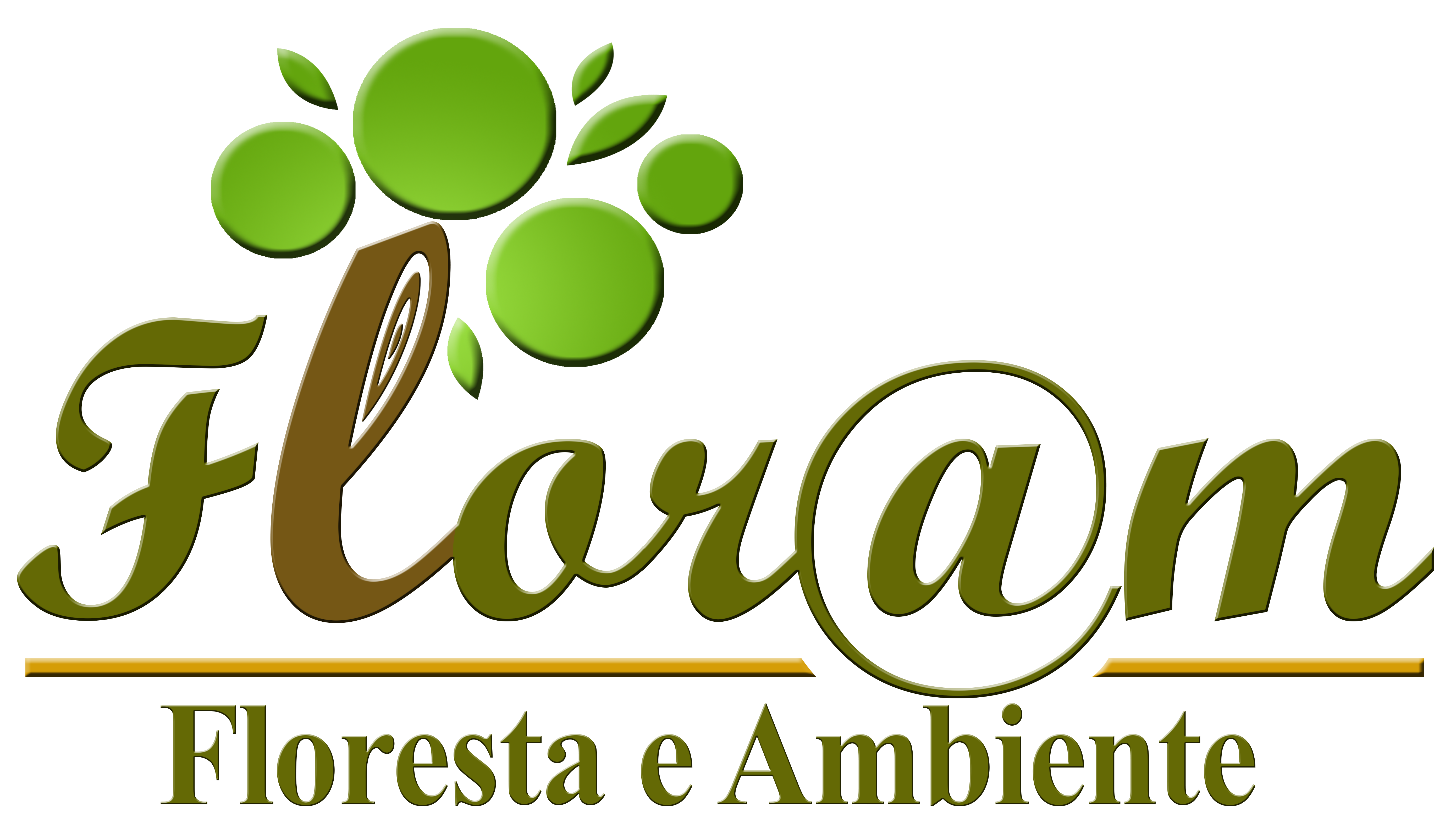Early Germination of Pequi Seeds and Post-Planting Seedling Performance in the Northwestern of Rio de Janeiro
Ernany Santos Costa, Cláudia Sales Marinho, Clinimar Oliveira Amaral, Jose Adilson Gonçalves Souza
Abstract
With the aim of using rustic species such as pequi (Caryocar brasiliense Camb) for the rational management of degraded areas of Northwestern state of Rio de Janeiro, two experiments were sequentially conducted. In the first, seed dormancy breaking was evaluated in an experiment conducted in a completely randomized design, with six treatments, three replicates and 10 seeds per plot. Treatments were combinations of seeds with or without scarification + gibberellic acid (GA) or water. Forty-five days after sowing, 73% germination was observed in treatment mechanical scarification + GA (MS+GA). In the second experiment seedlings obtained from treatment MS + GA were evaluated in the field, concurrently with a control. At 20 and 44 months, both treatments presented the same biometric characteristics and sixty-one months after planting, flowering began. Scarification following by treatment with GA anticipates seedlings production and did not compromise the performance of these seedlings in the post-planting period.
Keywords
Referências
-
Bailão EFLC, Devilla IA, Conceição, CE, Borges LL. Bioactive Compounds Found in Brazilian Cerrado Fruits. Int. J. Mol. Sci. 2015; 16(10):23760-23783.
-
Bernardes TG, Naves RV, Rezende CFA, Borges JD, Chaves LJ. Propagação sexuada do pequizeiro (Caryocar brasiliense Camb.) estimulada por ácido giberélico. Pesquisa Agropecuária Tropical 2008; 38(2):71-77.
-
Da Silva Sousa ÂM, Lopes PSN, Ribeiro LM, Andrade MS, Mercadante-Simões MO. Structural aspects of germination control in pyrenes of Caryocar brasiliense (Caryocaraceae). Trees 2017; 31:887-902.
-
Edmond JB, Drapala WJ. The effects of temperature, sand and soil, and acetone on germination of okra seed. Proceedings of the American Society for Horticultural Science 1958; 71:428-434.
-
Oliveira RP de, Scivittaro WB, Radmann EB. Escarificação química da semente para favorecer a emergência e o crescimento do porta-enxerto Trifoliata. Pesq. agropec. bras. 2006; 41(9):1429-1433.
-
Rezende ML, Cândido PA. Produção e comercialização de frutos do Cerrado em Minas Gerais. Revista de Política Agrícola 2014; 3:81-86.
-
Rodrigues SB, Ferreira MA, Oliveira TCS, Oliveira MCP. Morphobiometry and ecophysiology of Caryocar coriaceum Wittm. (Pequi) in cerrado áreas of northeast. Journal of Experimental Agriculture International 2019; 41(4):1-7.
-
Silva EC, Leonel LV. Avaliação da germinação de sementes de pequizeiro (Caryocar brasiliense Camb) submetidas em diferentes concentrações de ácido giberélico. Cultura Agronômica 2017; 26(2):217-223.
-
Silva HLP, Pinto LCL, Teixeira SAM, Drumond, MA. Pequi fruit (Caryocar brasiliense) in Minas Gerais: Commercialization and public policy. Floresta e ambiente 2020; 27(2):2-10.
-
Zardos RN, Henriques R. Growth and fruit production of the tree Caryocar brasiliense in the Cerrado of central Brazil. Agroforesty Systems 2011; 82(1):15-23.
Submetido em:
17/12/2021
Aceito em:
28/06/2022

